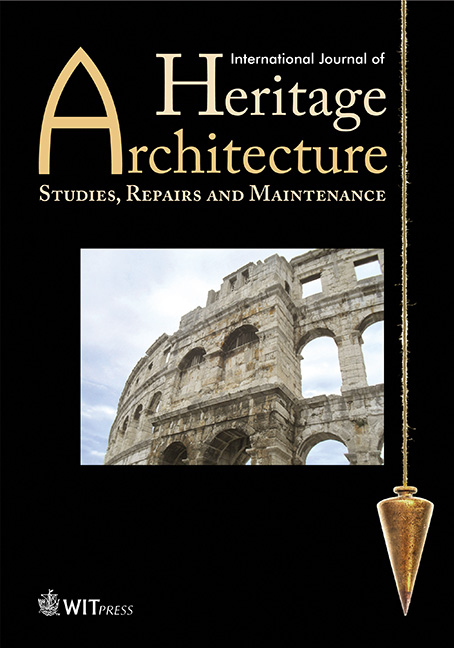DRAWING FOR HERITAGE DISSEMINATION. THE BIRTH OF MADRID’S CIUDAD UNIVERSITARIA
Price
Free (open access)
Volume
Volume 2 (2018), Issue 2
Pages
12
Page Range
359 - 371
Paper DOI
10.2495/HA-V2-N2-359-371
Copyright
WIT Press
Author(s)
JOSÉ LUIS GONZÁLEZ CASAS & JARA MUÑOZ HERNÁNDEZ
Abstract
Madrid’s Ciudad Universitaria is one of the busiest and at the same time the most unknown complex of buildings in the Spanish capital. In 2017, this declared Asset of Cultural Interest (BIC) turns 90 years of history, since the Building Board Committee which developed the project was created in 1927. Its construction, which was started in the 1930s, was strongly affected by the Civil War, which left on it several scars, some of which are still visible today. The purpose of this study is to analyse the factors that made that Ciudad Universitaria’s project didn’t start from a blank page. In 1927, La Florida former royal estate was occupied by various institutions, one among them being academic: the School of Agricultural Engineers, which had settled there in 1869, when most of the land was leased to it. During the construction of the Ciudad Universitaria, its extension was reduced; however, the main building was respected. Although deeply altered, it is today located in the heart of the campus. The ‘medical group’ was the other conditioning element of the project, since one of the main reasons for the Ciudad Universitaria´s construction was providing Madrid with better health facilities. Along with the Clínico Hospital, the faculties of Medicine, Odontology and Chemistry were an essential part of the operation. Our research focuses on the two aforementioned main elements: the School of Agricultural Engineers as a heritage and the Medicine complex as a motivation, to understand the birth of the Ciudad Universitaria. These results of this piece of work are developed through new available drawing tools (the combination of two- and three-dimension image animations and geographical information systems), together with more traditional methods. This case is useful to explore graphic methods as extraordinary powerful tools to analyse, study and spread our heritage.
Keywords
20th century, dissemination, drawing, heritage, landscape, Madrid, model, university




